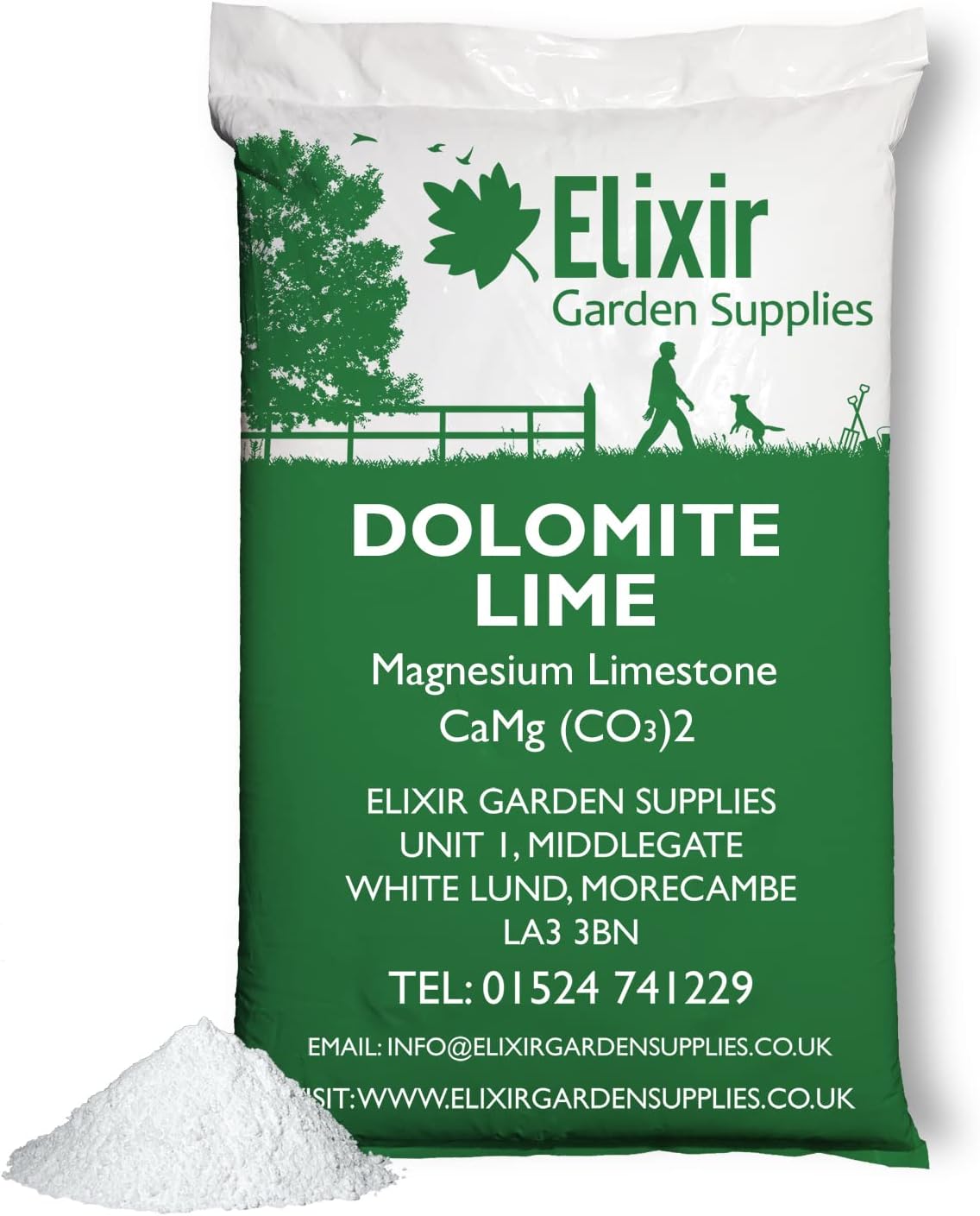About this deal
By using polarised light microscopy, the textural and mineralogical characterisation of the binder phases and aggregates was performed on thin sections. Therefore, bedding and pointing mortars were embedded in epoxy resin by vacuum impregnation and dyed blue to better identify the pore space (Kraus 2015). Dolomite lime is a type of lime that contains both calcium carbonate and magnesium carbonate. According to Wikipedia, the amounts of calcium and magnesium in dolomitic limestone are about equal.
The compatibility between new mortars and historically contaminated structures should also be considered to avoid damage to the masonry (Auras et al. 2010). First of all, minerals may or may not be leaching from your soil. If they are, it could be partially because of rain, but there are other reasons, too. Use dolomite lime powder if you want a faster pH change. Use dolomite lime pellets if you want a slower pH change over a longer time period. Can You Mix Dolomite Lime With Water?
Jump to
You should only use dolomite lime when you have a soil test showing a huge deficiency of magnesium in your soil, as well as a calcium deficiency. Even then, calcium carbonate (aka calcitic lime or high-calcium lime) is generally the way to go because it has a small amount of magnesium and often a calcium to magnesium ratio of about 6:1, with a calcium content of 30% to 40% or more. If you have acid soil, adding lime will make it less acid, because lime is alkaline. There are several liming materials available, so you need to know which one will do the best job for you and give you value for money. What to look for The lime types including natural hydraulic lime were estimated because no indication for the appearance of pozzolan or possibly fine proportions of siliceous aggregates developing a pozzolanic effect (Middendorf et al. 2005c) was confirmed by XRD or microscopic investigations. 4.2 Phase constituents according to Rietveld analyses
Hi, i’m amending my soil in a bed for lavender. I was recommended to use dolomite lime 2-4 tsps per plant. Will this cause the same nightmares im reading about in your comments? Or is this safe at this scale? Mansfield, Charles F. (1980). "A urolith of biogenic dolomite – another clue in the dolomite mystery". Geochimica et Cosmochimica Acta. 44 (6): 829–839. Bibcode: 1980GeCoA..44..829M. doi: 10.1016/0016-7037(80)90264-1. Blatt, Harvey; Tracy, Robert J. (1996). Petrology; Igneous, Sedimentary, and Metamorphic (2nded.). W. H. Freeman. ISBN 0-7167-2438-3.According to European standards and the literature (DIN EN 459-1: 2015-07; Kraus 2016; Dettmering and Kollmann 2019), these limes could be roughly classified into at least three categories (Fig. 16): Another model is the mixing-zone or Dorag model, in which meteoric water mixes with seawater already present in the pore space, increasing the chemical activity of magnesium relative to calcium and causing dolomitization. The formation of Pleistocene dolomite reefs in Jamaica has been attributed to this process. However, this model has been heavily criticized, [26] with one 2004 review paper describing it bluntly as "a myth". [27] A 2021 paper argued that the mixing zone serves as domain of intense microbial activity which promotes dolomitization. [28] is thermodynamically favorable, with a Gibbs free energy of about -2.2 kcal/mol. In theory, ordinary seawater contains sufficient dissolved magnesium to cause dolomitization. However, because of the very slow rate of diffusion of ions in solid mineral grains at ordinary temperatures, the process can occur only by simultaneous dissolution of calcite and crystallization of dolomite. This in turn requires that large volumes of magnesium-bearing fluids are flushed through the pore space in the dolomitizing limestone. [24] Several processes have been proposed for dolomitization.
For the construction of the Great Wall around Beijing, in Zunhua, east of Beijing, lime mortars consisting of approximately 5–22 wt.% MgO were used (Dettmering and Dai 2021; Wang 2021). Based on chemical analyses, they can be classified as dolomitic limes according to modern lime classification. Fineness - the finer the particles of lime, the faster they react with soil. Lime manufacturers have to specify the percentages of different-sized particles in their product.Wow, big project. I would pay a permaculture designer to come in and walk the property and give you advice. You don’t necessarily have to amend the whole The phase composition of sample XGWD showed calcite as the main phase. Very small amounts of gypsum and quartz were identified as minor phases. Analogous to the chemical composition, this is a lime mortar, which corresponds approximately to a modern mortar quality CL80. The problem with dolomite lime? It has a calcium to magnesium ratio of 2:1. That’s way too much magnesium for most soils. Magnesium is certainly an essential mineral. Too much of it, however, causes many problems.
 Great Deal
Great Deal 